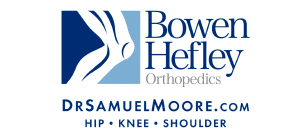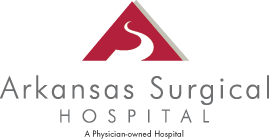Arthroscopy of the Knee Joint
An arthroscope is a fiber-optic telescope that can be inserted into a joint (commonly in the knee, shoulder, hip or ankle) to evaluate and treat a number of conditions. A camera is attached to the arthroscope and the image is visualized on a monitor. Most arthroscopic surgery is performed as an outpatient and is usually performed under general anesthesia. Knee arthroscopy is very common and millions of procedures are performed each year around the world.
Arthroscopy is useful in evaluating and treating the following conditions:
- Torn floating cartilage (meniscus): The cartilage is trimmed to a stable rim or occasionally repaired.
- Torn surface (articular) cartilage
- Removal of loose bodies (cartilage or bone that has broken off) and cysts
- Reconstruction of the Anterior Cruciate Ligament (ACL)
- Patellofemoral (kneecap) disorders
- Irrigation of infected knees
- General diagnostic purposes
Basic Knee Anatomy
The knee joint is the largest joint in the human body. It is made up of the femur, tibia and patella. All of these bony surfaces are lined with articular (surface) cartilage. The articular cartilage acts as a shock absorber allowing a smooth, low friction surface for the knee to articulate on. Between the tibia and femur lie two floating cartilages called menisci. The medial (inner) meniscus and the lateral (outer) meniscus rest on the tibial surface cartilage. The menisci also act as shock absorbers and stabilizers. The knee is stabilized by ligaments inside and outside the joint. The medial and lateral collateral ligaments support the knee in side-to-side movement. The anterior and posterior cruciate ligaments support the knee from buckling and giving way. The knee joint is surrounded by a capsule that produces a small amount of synovial fluid to help lubricate the joint. Thigh muscles are important secondary knee stabilizers.
Procedural Instructions
Discontinue all medications containing aspirin and other blood thinning medications such as Plavix & Coumadin 5 days prior to surgery.
Continue taking all other routine medications.
If you smoke, stop smoking a few days prior to surgery.
Do not eat or drink anything after midnight the night prior to surgery. You may take medications with a small sip of water, if needed.
You will need someone with you during surgery and to drive you home following discharge.
Upon discharge you will be provided with a follow up appointment to return to the office for post-op evaluation and stitch removal.
You will be provided a prescription for pain medication following surgery. You cannot drive or operate machinery while taking pain medication.
It is not unusual for the knee to swell after surgery. Elevating the surgical leg and placing ICE PACKS on the knee will help to reduce swelling. (Ice packs on for at least 20 minutes 3-4 times a day until swelling has reduced)
Your surgeon and the hospital staff will be able to answer questions and provide additional information.
Risks of Arthroscopy
General anesthetic risks are extremely rare. Occasionally patients have some discomfort in the throat as a result of the tube that supplies oxygen and other gasses. Please discuss with the anesthesiologist if you have specific concerns or if you have ever had a reaction to anesthesia medications.
Risks related to Arthroscopic Knee Surgery include:
- Postoperative bleeding
- Deep vein thrombosis
- Infection
- Stiffness
- Numbness to part of the skin near the incisions
- Injury to vessels, nerves and chronic pain syndrome
- Progression of the disease process
Risks and complications following arthroscopic knee surgery are extremely rare.






